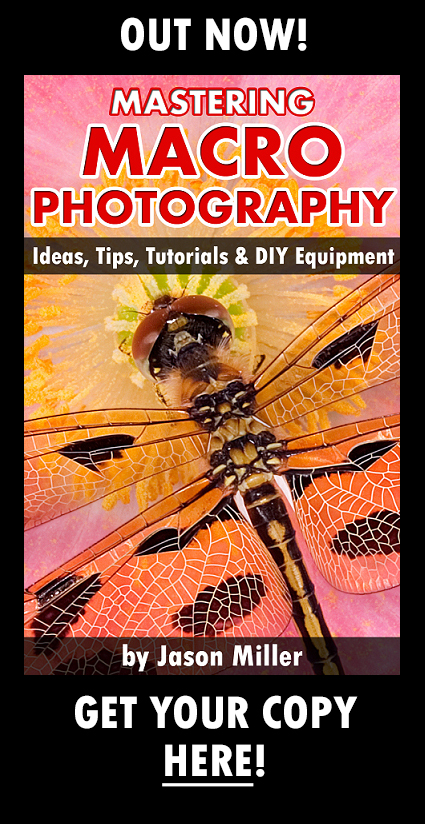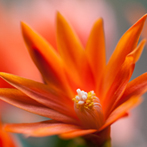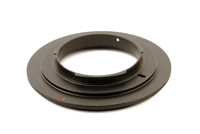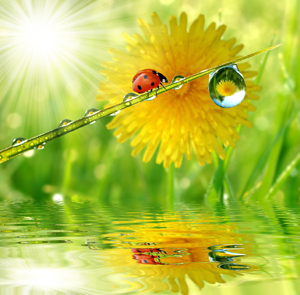The Art of Finding & Shooting Macro Photography Subjects
In macro photography, it is not unusual for people to be fixated on finding and shooting macro photography subjects that are unique. The pursuit for the holy grail subject will often cause them to lose sight of all the common macro photography subjects that appear in their daily lives. When this happens, these people will eventually struggle to find any macro photography subjects to shoot, and they will often lose their desire to shoot. It is quite sad to see, but these people fail to understand one thing – just because something is common does not mean that it is not an interesting subject.
Finding Macro Photography Subjects
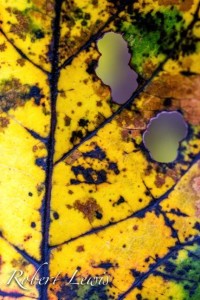
Macro Photography Tip – Macro subjects can be both common and interesting
The great thing about macro photography is that there is always something interesting to shoot, from neat textures to bugs. When I feel like shooting, I go on walks in the woods, find a place that is thick with weeds, and start wading in the weeds. Once I find a bug, I will shoot it. After I’ve nailed the first shot, and got my blood pumping, I will look around for movement and listen for noises. If I don’t detect any movement, I will look at the plant closest to me and thoroughly inspect it. Chances are… there will be bugs on it somewhere.
When searching for a macro photography subject, always remember… just because a subject seems common to you, does not necessarily mean that it is going to be common to everybody else. Keep in mind that the subject doesn’t have to be alive either. Sometimes, the most interesting shots have things that are dead, or dying.
Shooting Macro Photography Subjects
Once you find something to shoot, look at it from all angles. Consider the background and foreground. If you’re like me, you’ll be laying on the ground, getting carried away by mosquitoes and snapping away at whatever crawls in front of you.
Before you take the shot, always consider your composition. Even in macro photography, composition is key to a great looking photo. You might not be able to fill the frame with the subject’s eyes, so, consider the limitations of your equipment. Sometimes it is better to back out instead of filling the frame with your subject. Composition isn’t just for shooting humans, or non macro subjects. Even if you have the most interesting subject in the woods, you can get uninteresting compositions from it.
For example, the first shot (below) is shot as close up as my equipment would allow, while it is interesting, I prefer the second one (below) in which, I backed out, and got more of the habitat.
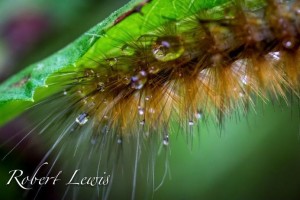
Macro Photography Tip – Getting an extreme close up of your subject may sometimes not be as interesting
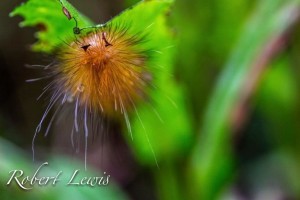
Macro Photography Tip – Try backing out with your shot to include the habitat of your subject
Lighting is critical in all forms of photography. The pictures I took for this segment were taken during a 3 hour walk and it was overcast the whole time. Since I’ve been having issues with my flash, I had to use natural light. I almost always shoot macro from f10 to f14. But, without a flash, I had to bring that aperture way down.
My equipment doesn’t operate well above ISO 800, so, I kept it at ISO 800 for the entire outing. I had to be very considerate of the light and any potential movement.
I commonly use the following technique when I am shooting something on a twig, I will grip the lens with my thumb, ring finger, and pinky, stick my pointer, and middle finger forward, and pinch the twig between those two fingers, minimizing movement. Obviously in these situations, the more light you have, the better it is. More light lets you shoot at a lower ISO, a faster shutter speed, and a smaller aperture, all of which are important when shooting macro.
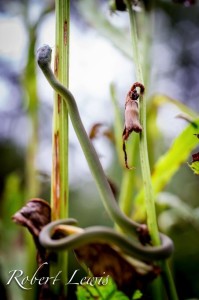
Macro Photography Tip – Avoid shooting towards the ground to collect more light into your photos
I happened to stumble upon this Rough Scaled Green Snake while I was shooting a caterpillar. Even though there was an overcast, I was able to collect more light by getting on his level, instead of shooting towards the ground.
As you can see, when we keep an open mind, we will start to see all the potential macro photography subjects around us. So if you feel like you’re at a dead end regarding subject material, go out and shoot, but, think about what you’re doing. Start to change the way you think, focus on the basics, shoot what you like but remember not to skip over a subject just because it looks common. At the end of the day, the more you shoot, the more you will learn to see things in a different perspective. Our suggestion is to get out of your comfort zone, go lay in the grass, get muddy and perfect your personal technique. But, above all, enjoy yourself!
If you enjoyed this article, you may also be interested in these macro close up lens filters –





